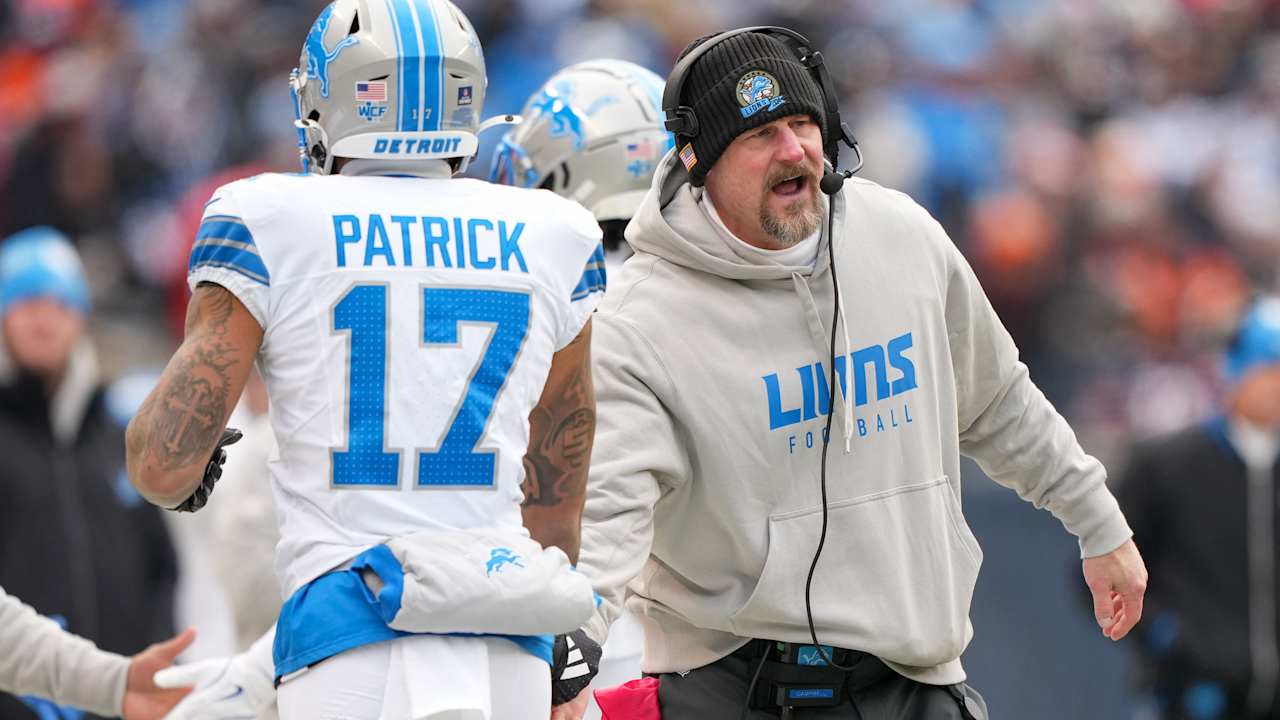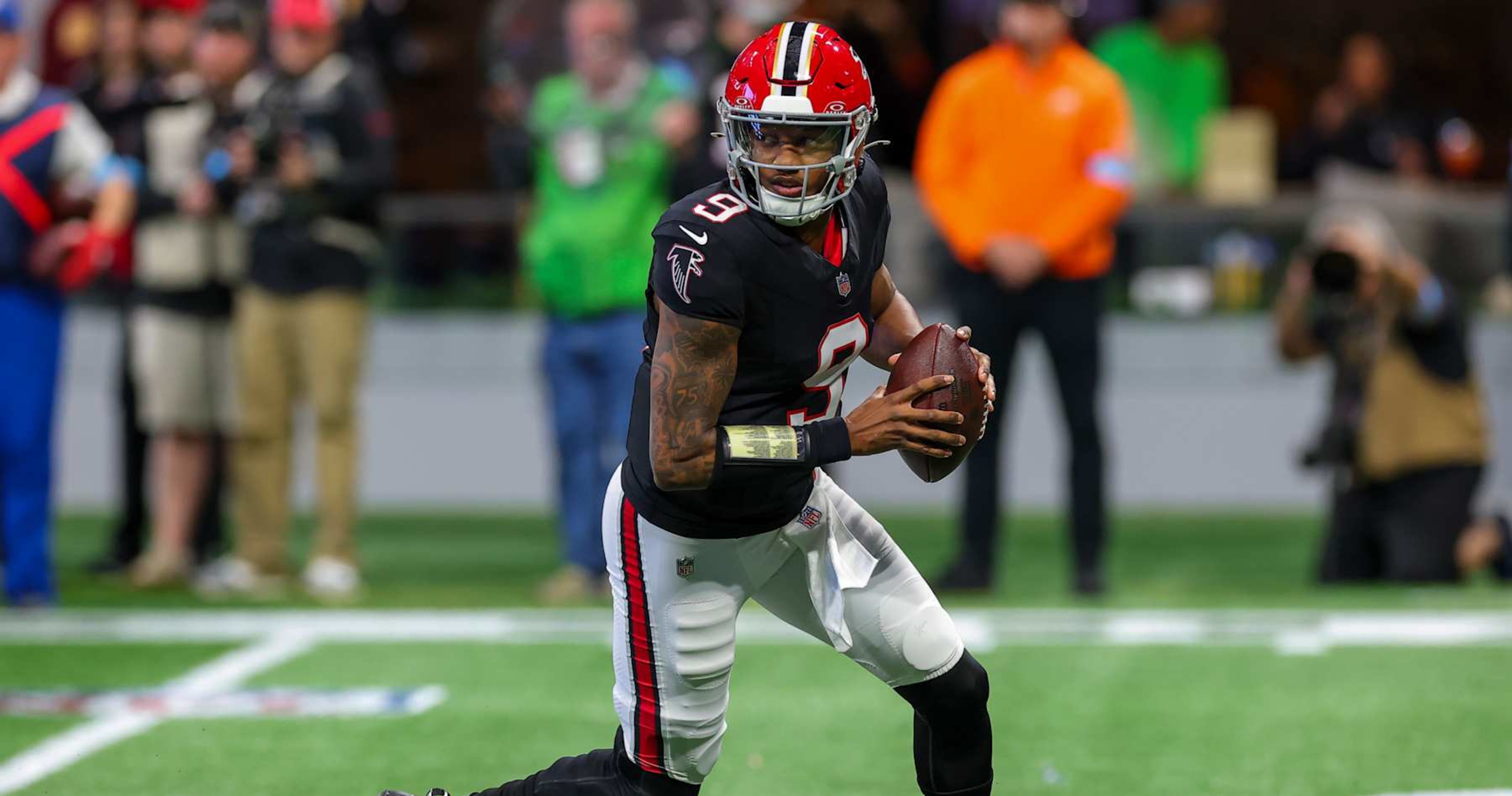Basketball
What do Julius Randle, Donte DiVincenzo bring to Timberwolves?

The Timberwolves reshaped their roster Friday night by sending Karl-Anthony Towns to the New York Knicks in a trade package that includes Julius Randle, Donte DiVincenzo and Keita Bates-Diop.
It was a stunning move, to say the least, from the Timberwolves to trade their longest-tenured player while the team is on the rise and coming off its first Western Conference finals appearance in 20 years. But if one thing has become abundantly clear since Tim Connelly has taken over as president of basketball operations, it’s that he’s not afraid to take big swings. Friday was just the latest.
Now the focus will be on how it all comes together. What can Randle and DiVincenzo bring to the Wolves? How will coach Chris Finch put the puzzle pieces together to best utilize the new additions while also adjusting to life without Towns, who’s been a crucial piece of the lineup in his tenure?
Some of that will simply take time. Finch will tinker with rotations throughout the season. But some things appear fairly straightfoward, and much will come down to working through spacing issues.
The starting five is largely unchanged, with Randle figuring to slide into Towns’ spot alongside Rudy Gobert in the frontcourt — one of the interesting elements of the trade will be seeing how they mesh.
The backcourt of Mike Conley, Anthony Edwards and Jaden McDaniels remains unchanged.
Randle is a different player than Towns. He’s more physical and has the ball in his hands often, and can be a force driving to the rim. But that’s also where the spacing issues could come in. Towns, who’s a better shooter than Randle, was able to take a step back and allow Edwards to take the lead.
The question will be whether Randle can do the same and find his footing in the starting lineup. There’s no question of the talent; Randle averaged 24 points, 9.2 rebounds and five assists per game last season. And while he’s not as gifted of a shooter as Towns, he did hit on a 31.1% clip from 3.
Randle is particularly capable from the corners. He hit at a 50% clip from the corners last season, which could be a key to the spacing question. If the Wolves can find lineups that utilize that strength, and his abilities to attack the rim and be a force with the ball in his hands, it could present problems.
The addition of DiVincenzo only helps spacing. DiVincenzo is a knock-down 3-point shooter coming off a career year for the Knicks. He averaged a career-best 15.5 points per game last season, hitting on a 44.3% mark from the field and a 40.1% clip from deep, the best percentage of his career.
The addition of DiVincenzo directly address the issues the Wolves had, at times, of converting from 3-point range. Towns was excellent from deep, but the Wolves weren’t a great 3-point shooting team overall. DiVincenzo will certainly help stretch the floor and will be an excellent kick-out option when Edwards and Randle attack the rim. The Wolves have clearly made shooting a priority this offseason, also signing Joe Ingles in free agency and drafting Terrence Shannon Jr. out of Illinois.
How exactly Finch and the Wolves piece everything together will remain to be seen. But the Wolves acquired two players who make an immediate impact, provide flexibility for the future and could potentially help contribute to an NBA Finals run. It’ll take time for everything to fall into place, but Finch has a history of making unusual lineups work. There’s no reason he can’t do it again.










